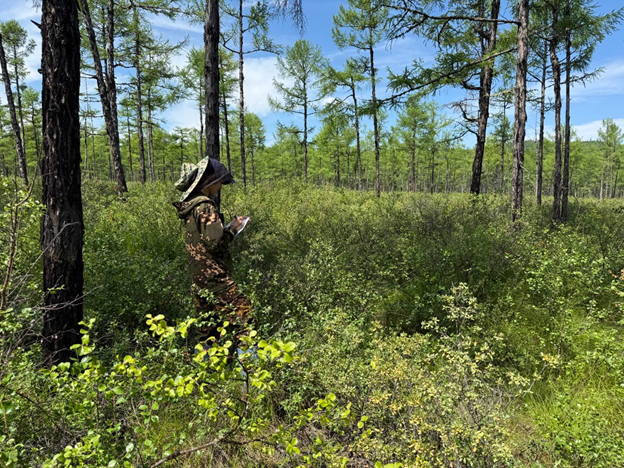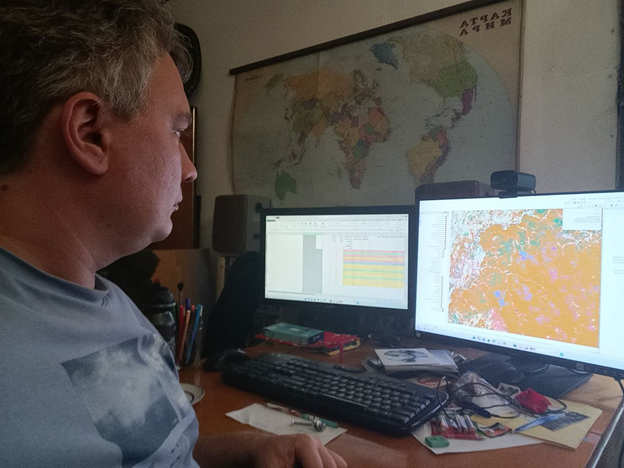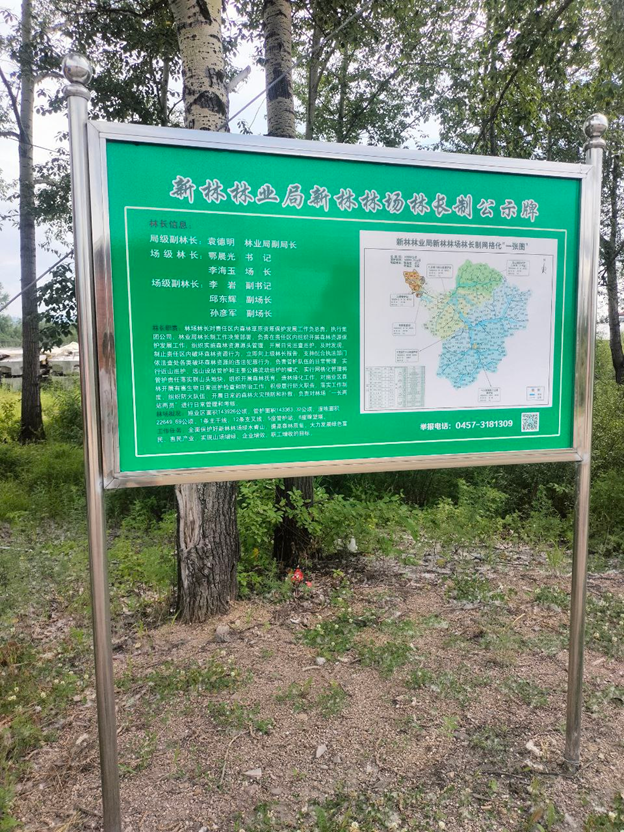
An expedition to the Greater Khingan Mountains (China), conducted in the second half of July 2025, has been completed. Work on verifying habitat types in this region has been ongoing since 2023 and continues a series of studies previously conducted in the Lesser Khingan. The essence of the work is to describe habitats and their unique characteristics on the ground; the description plan is not random and is based on preliminary stratification and identification of distinct habitat types carried out on the basis of satellite images of the Earth, which were photographed from space for a certain territory in different seasons. The project is being implemented by the A. N. Severtsov Institute of Ecology and Evolution of the Russian Academy of Sciences (IEE RAS) jointly with the Institute of Natural Resources and Ecology of the Heilongjiang Provincial Academy of Sciences. The expedition was also attended by geobotany specialists from the Faculty of Geography of the Lomonosov Moscow State University and zoologists from the A. K. Tembotov Institute of Mountain Ecology of the Russian Academy of Sciences. The project is part of the tiger restoration assessment program in northern Heilongjiang Province, which was initiated in 2017 and is an example of successful cooperation between Russia and China in the field of ecology and biodiversity conservation.

The expedition surveyed various forest types in northeastern China (Da Hinggan Ling County, Heilongjiang Province), primarily in the Greater Hinggan Mountains (China), which continues the Hinggan Mountain Range that extends from the Stanovoy Range (Russia). The focal points for the research were identified in advance based on satellite imagery analysis, taking into account the results of previous surveys of the area. The main objective was to verify the identified areas through geobotanical descriptions of the sites and collection of data on the local fauna. The current expedition focused on geobotanical descriptions, while a similar joint winter expedition in 2025 focused on describing animal tracks found on the snow surface. The field team, consisting of Russian and Chinese specialists, planned the routes in advance, taking into account the accessibility of the area. As a result, different types of forests were surveyed both along the main roads connecting settlements and far from them. The total length of the routes was over 800 km, about 60 points were described, including coniferous forests, swamps and agricultural lands. During the snowless period, the presence of seven species of large and medium-sized mammals was confirmed: roe deer, musk deer, wild boar, wolverine, sable, American mink and Siberian weasel. The diversity of forests and the structure of the undergrowth indicate the potential suitability of the territory for the habitation of prosperous populations of large mammals, including predators, however, in the summer it is still difficult to obtain complete data on the fauna. Among the described biotopes are forest and meadow communities, swamp areas, as well as areas with anthropogenically modified vegetation. Larch and small-leaved-larch forests with an undergrowth of honeysuckle, rose hips and hazel prevail on drained slopes. In the marshy areas, shrub communities with wild rosemary, lingonberry and blueberry are widespread. Marshes occupy vast areas in river valleys and are represented by various types - from sedge hummocks to sphagnum massifs. The data obtained will be used to further assess the region's potential as part of the tiger restoration program.

"The results of the expedition are important for understanding the potential of the Greater Khingan as a site for tiger reintroduction. Now we see that the ecosystem here may be only partially suitable for the tiger, and further monitoring is required," noted Maria Chistopolova.

A significant volume of field descriptions was obtained from the expedition work in the winter and summer of 2025 (about 170 verification points). The obtained field materials will form the basis for mapping habitat types and modeling their suitability for the tiger in the Greater Khingan mountain system area of more than 8 million hectares. The following winter expeditions have already been planned, their tasks include collecting additional information necessary to achieve the minimum required sample. The next stages of the work include analysis of the collected materials and preparation of recommendations for nature conservation programs in China and Russia.

Photos by: Rodnikova A., Aristarkhova E., Chistopolova M., Pkhitikov A., Kotlov I.

